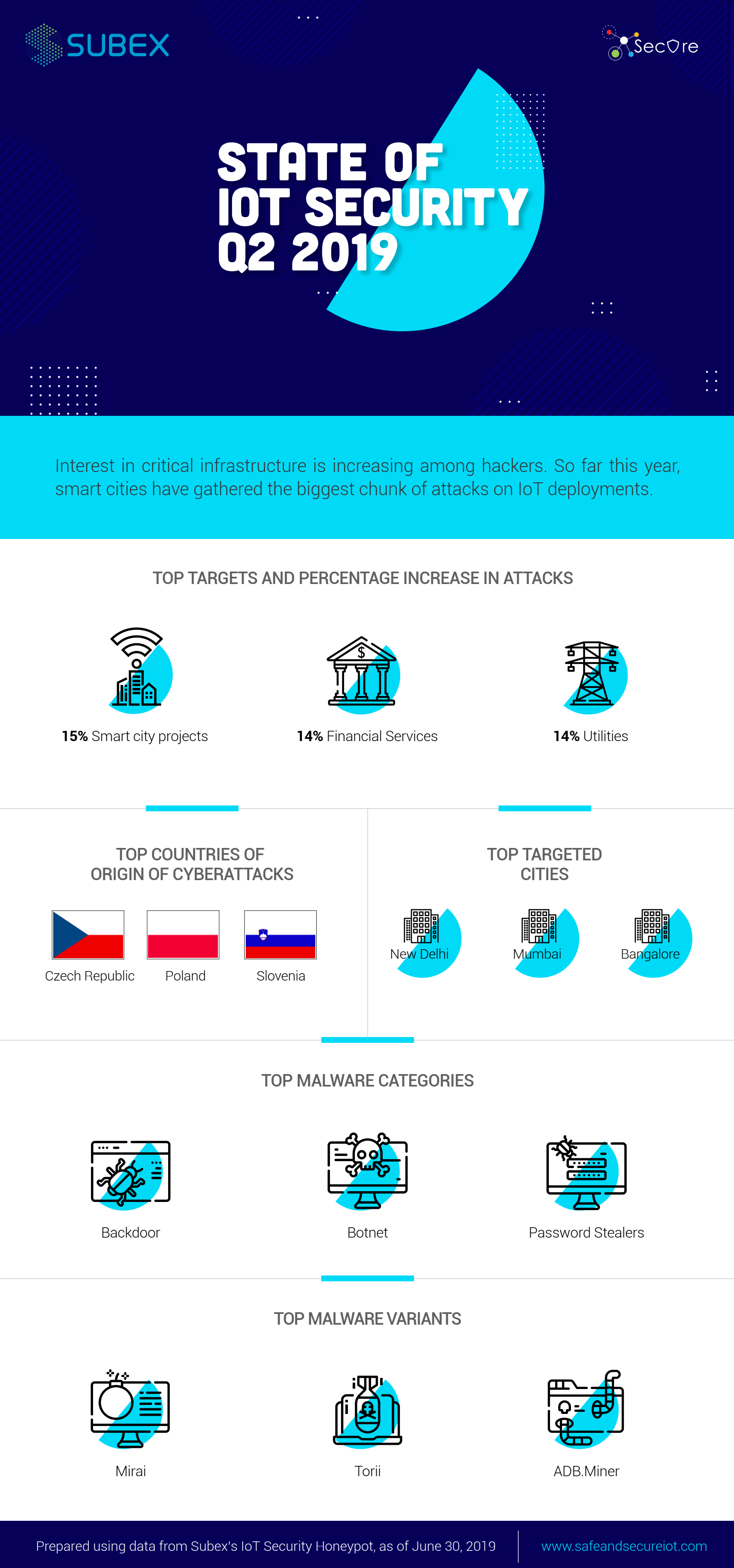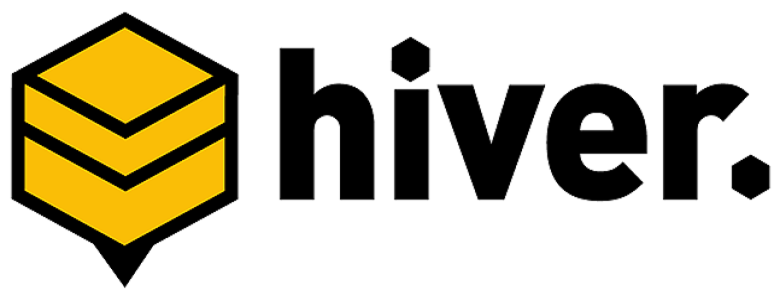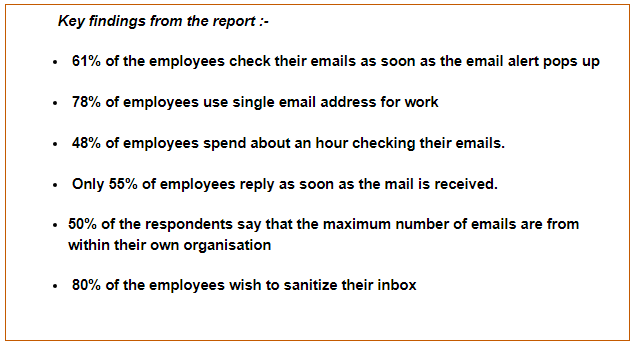Term insurance plans are gaining immense popularity among young working individuals because of the flexibility in choosing the insurance term and the low premium costs. Apart from the usual insurance coverage, these insurance policies also grant a death benefit to the family members in case of the untimely death of the policyholder.

However, the term insurance benefits are not limited to these features only. Some insurance providers also offer a ‘critical illness rider’ along with their term insurance plans.
What is a Critical Illness Rider?
A critical illness rider is an added benefit to your term insurance policy for coverage against a number of critical illnesses. Life is unpredictable, and you may never know when you have to face any urgent medical need. The instances of critical diseases like cancer, cardiovascular disorders, stroke, etc. have increased in the general populace. The medical expenses incurred for treating these diseases are also skyrocketing. For example, Herceptin, a drug for treating breast cancer may cost anywhere between Rs. 75,000 to 1 lakh for a single vial.
Thus, paying for the treatment of such critical disease could dig a significant hole in the pocket, especially if you are the sole breadwinner of the family. As if this isn’t reason enough to buy a critical illness rider with your term plan, below listed are 5 more reasons why you should purchase a critical illness rider now!
Five reasons to buy Critical Illness Rider with your Term Insurance Plan
No change in premium amount
Since the rider is included in your term insurance plan, you do not have to pay a separate premium for the extra medical coverage. Also, the premium does not change in the entire policy term. This means that even if you are diagnosed with a critical disease, there would be no increase or decrease in the premium amount. In fact, some insurance providers offer the facility to waiver off future premiums upon any critical illness diagnosis.
Coverage Against Major Diseases
A competent term insurance policy offers provisions to cover all major disease under its critical illness rider plan. This increases your safety net against most of the major diseases. Besides, under this rider, the insurance provider promises to give a lump sum amount upon the diagnosis of any of the critical illness mentioned in the plan. This upfront amount can even be used by the policyholder to pay his/her daily expenses.
Improved Chances of Survival
In the absence of a critical illness cover, you might get burdened with high medical expenses. Taking such medical cover ensures that individuals do not lose their life because of the unavailability of money to fund the high treatment costs. A critical illness rider, thus, makes sure that you get the medical coverage at the right time, increasing your chances of survival.
Tax Benefits
The premium paid towards a term policy with a critical illness rider is eligible for tax exemptions under Section 80C of the Income Tax Act. Not only that, but the benefits received from these insurance covers are also exempted from tax deductions under Section 10 [10D]
Protection Against Disability
Some serious disease conditions might lead to temporary or permanent disability. Any form of disability might hamper a person’s ability to continue with his job, thus threatening his/her monthly source of income. Some critical illness rider offers inclusions to provide financial aid in case of any physical disability to the policyholder.
Conclusion
With our busy day to day life, we often ignore the sign of any dis-ease or distress. Often, this leads to a late diagnosis for a critical illness, by which time, controlling the spread of the disease often becomes next to impossible. Hence, it is always wise to start planning ahead for your future for such unforeseen circumstances.
Buying an added critical illness cover is essential for individuals who have crossed 40 years of age, have a familial history of critical diseases, or are the sole earners in their family. A little planning at the earlier stage could go a long way in saving financial as well as psychological trouble for you and your loved ones.




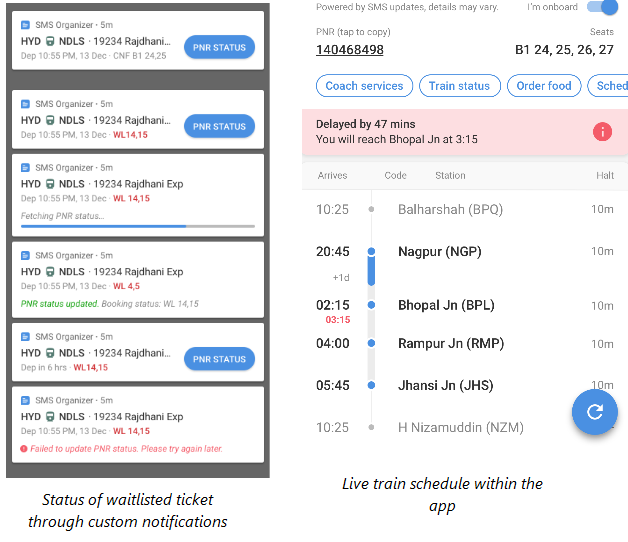

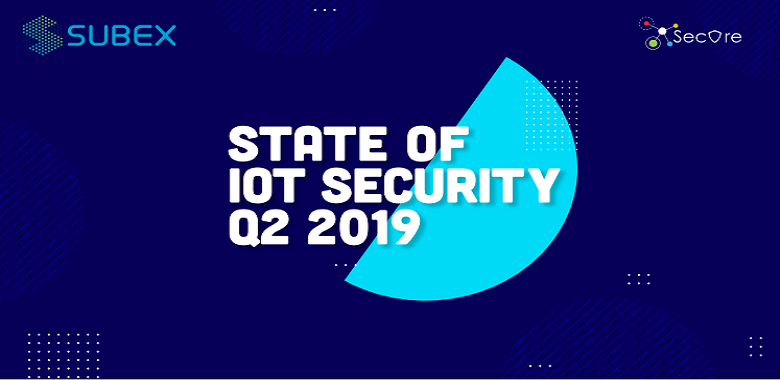 The report was released by Minister of State for Home, Krishna Reddy at a function in New Delhi.
The report was released by Minister of State for Home, Krishna Reddy at a function in New Delhi.